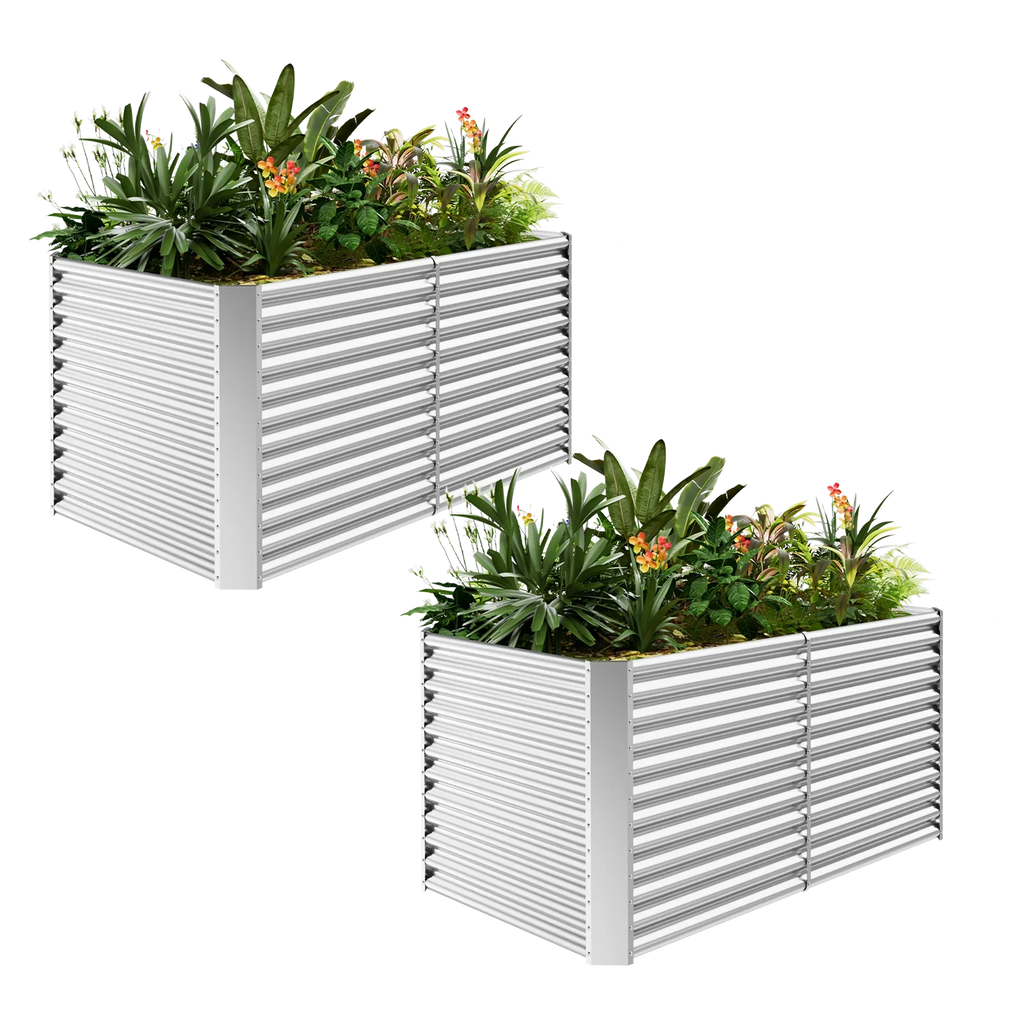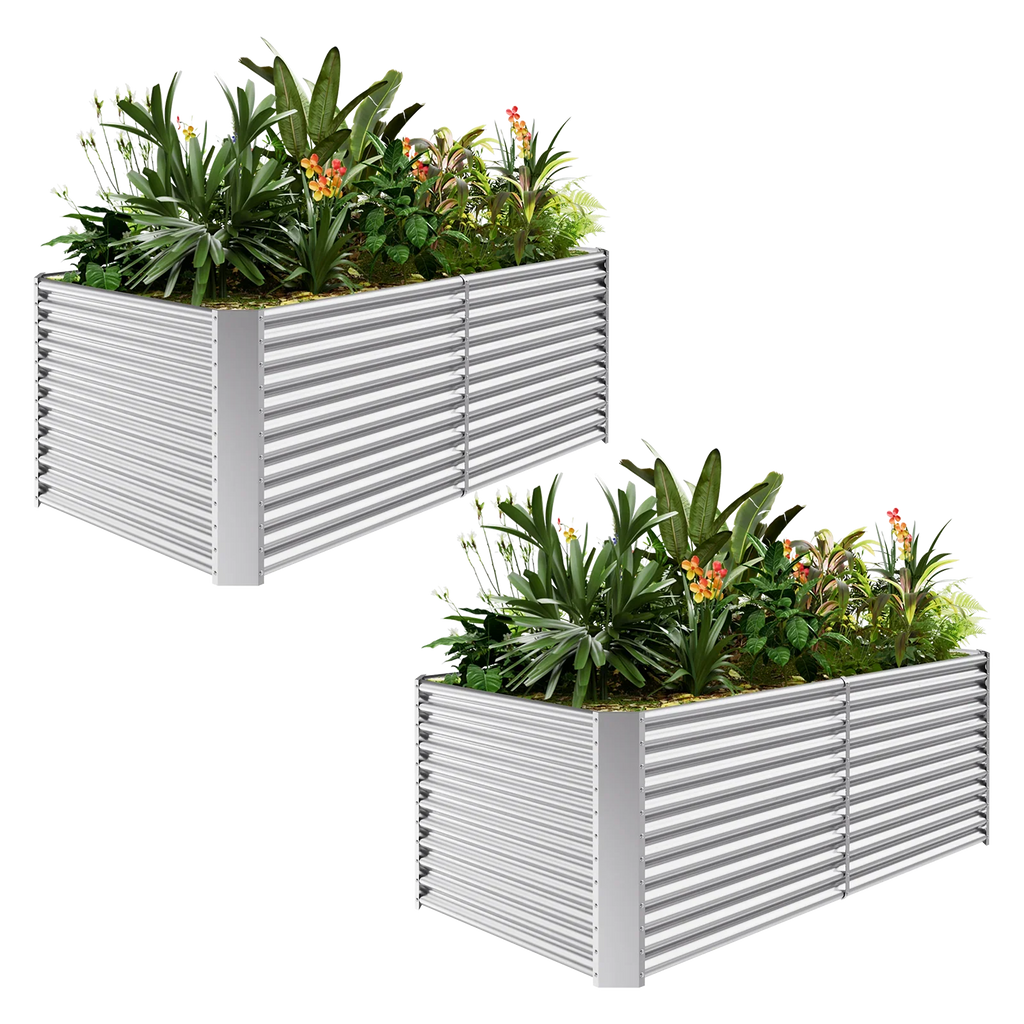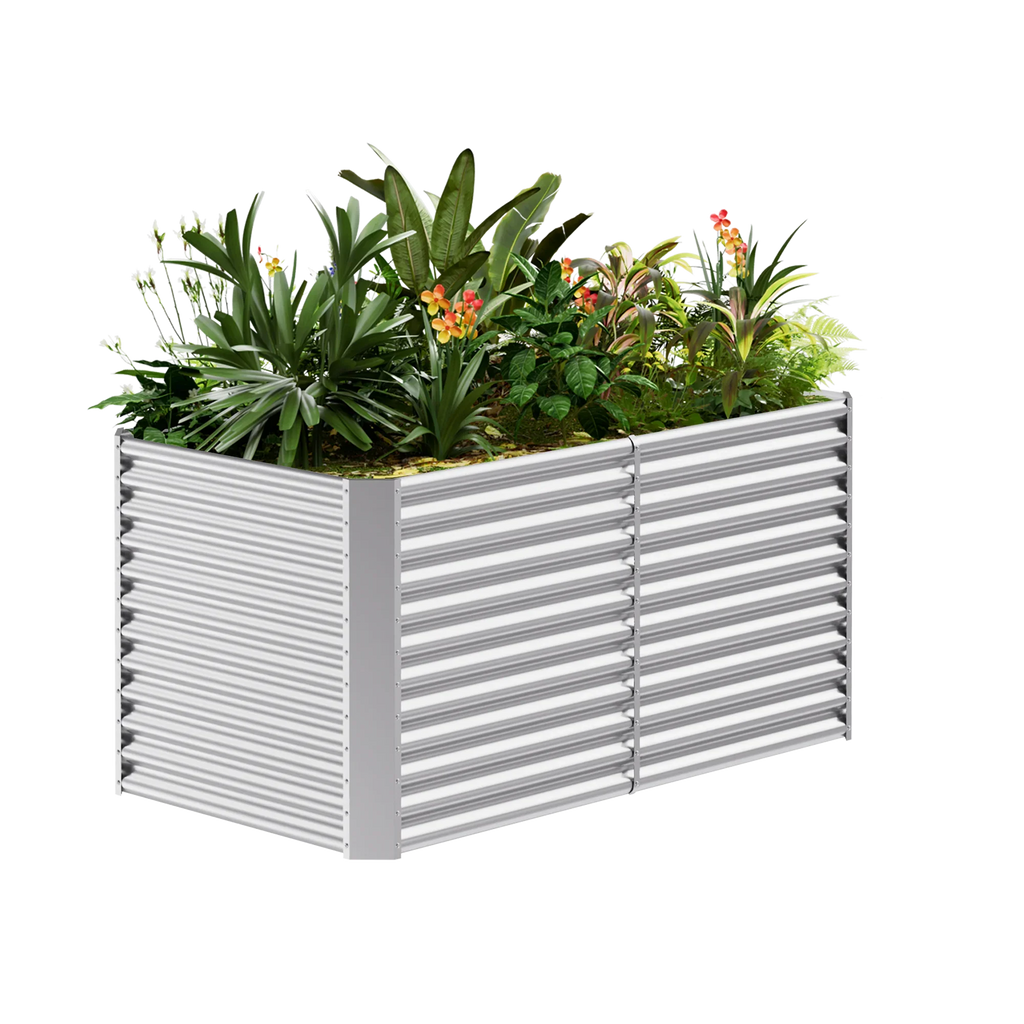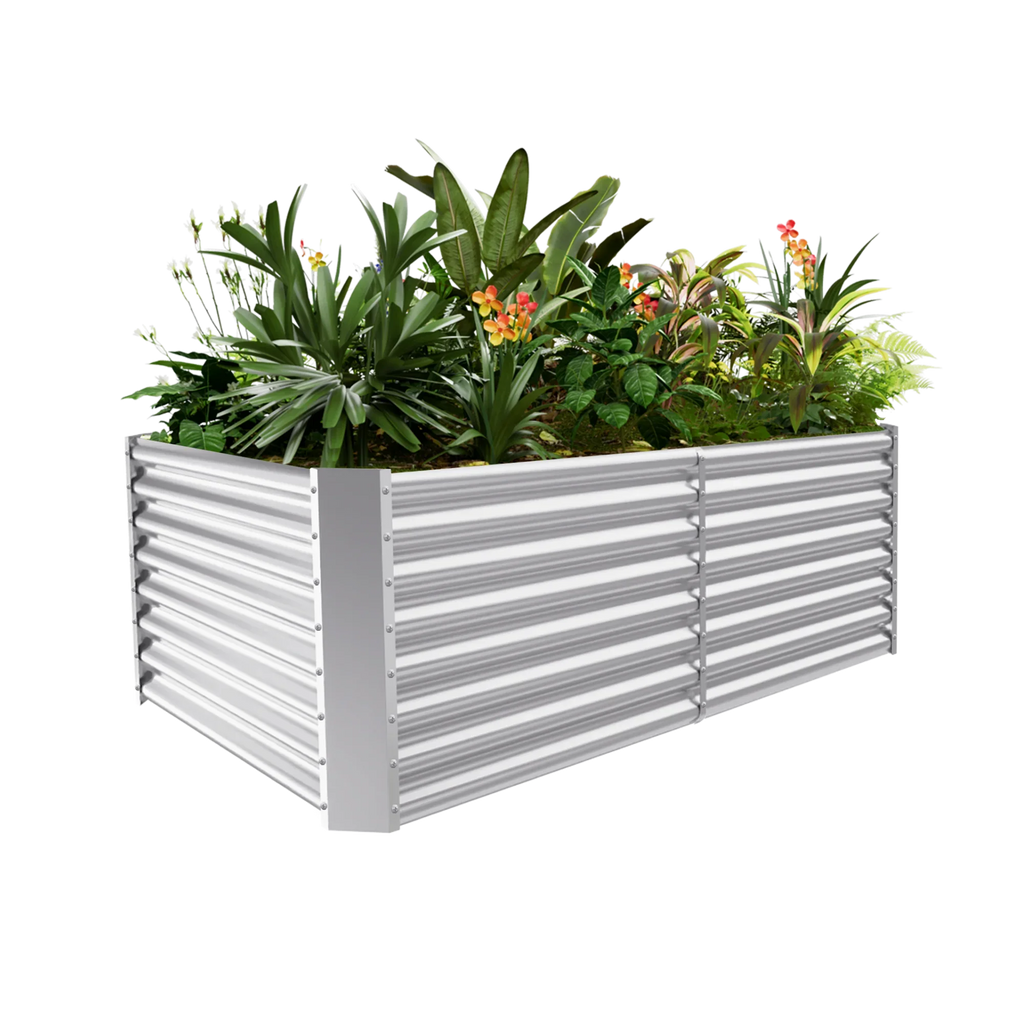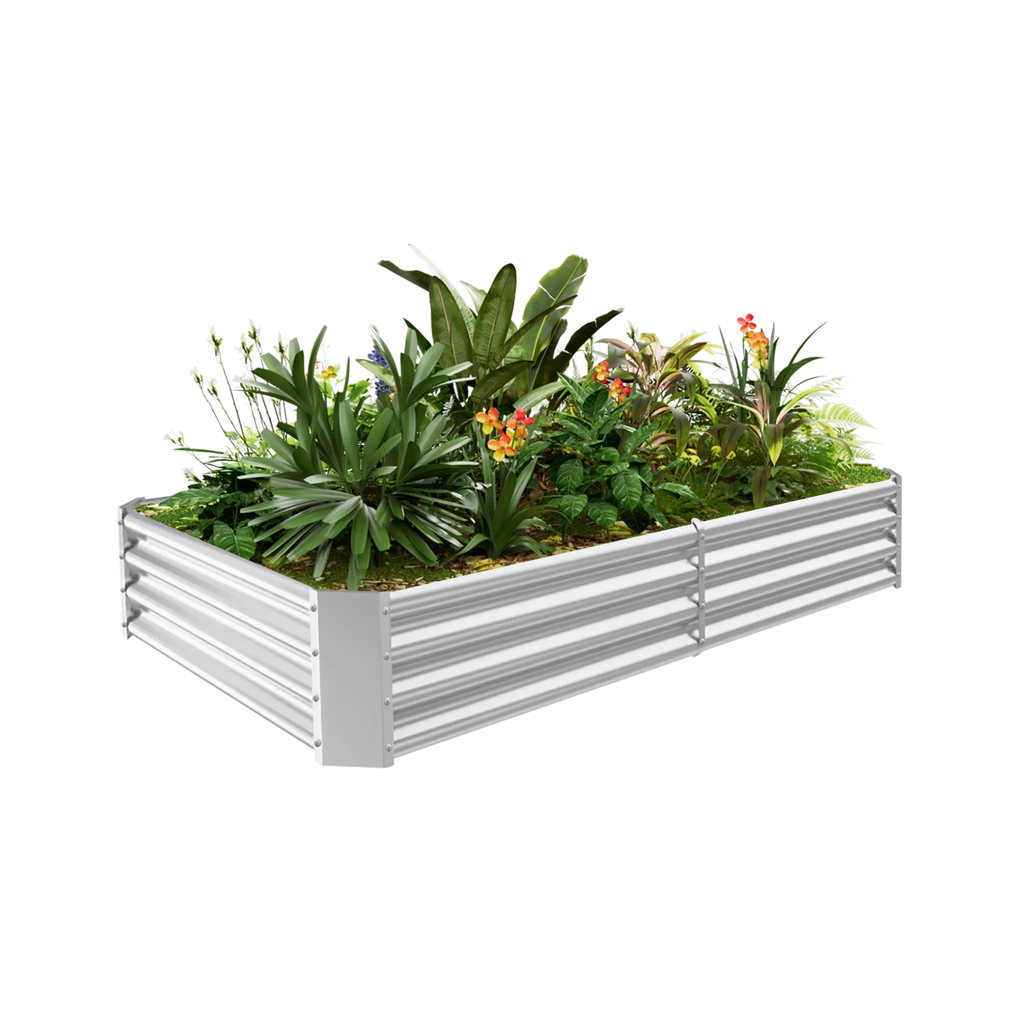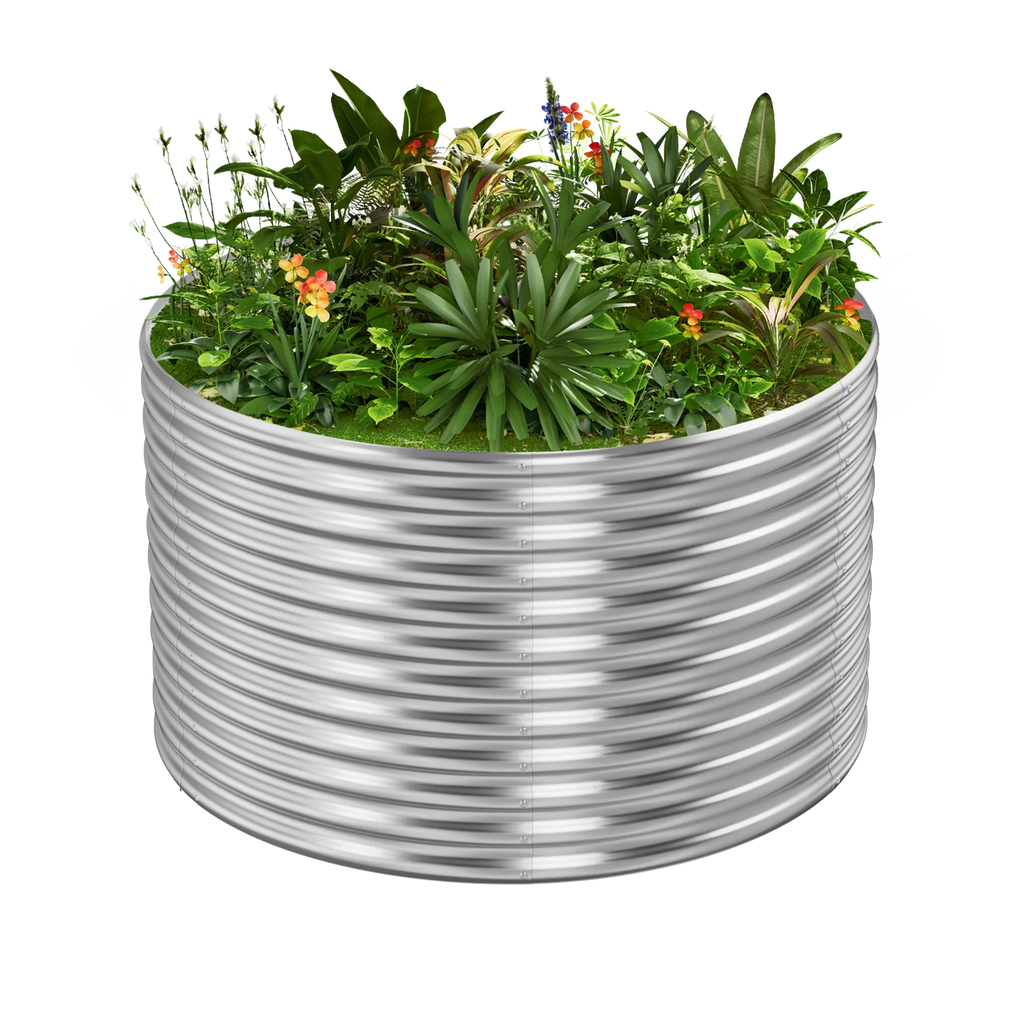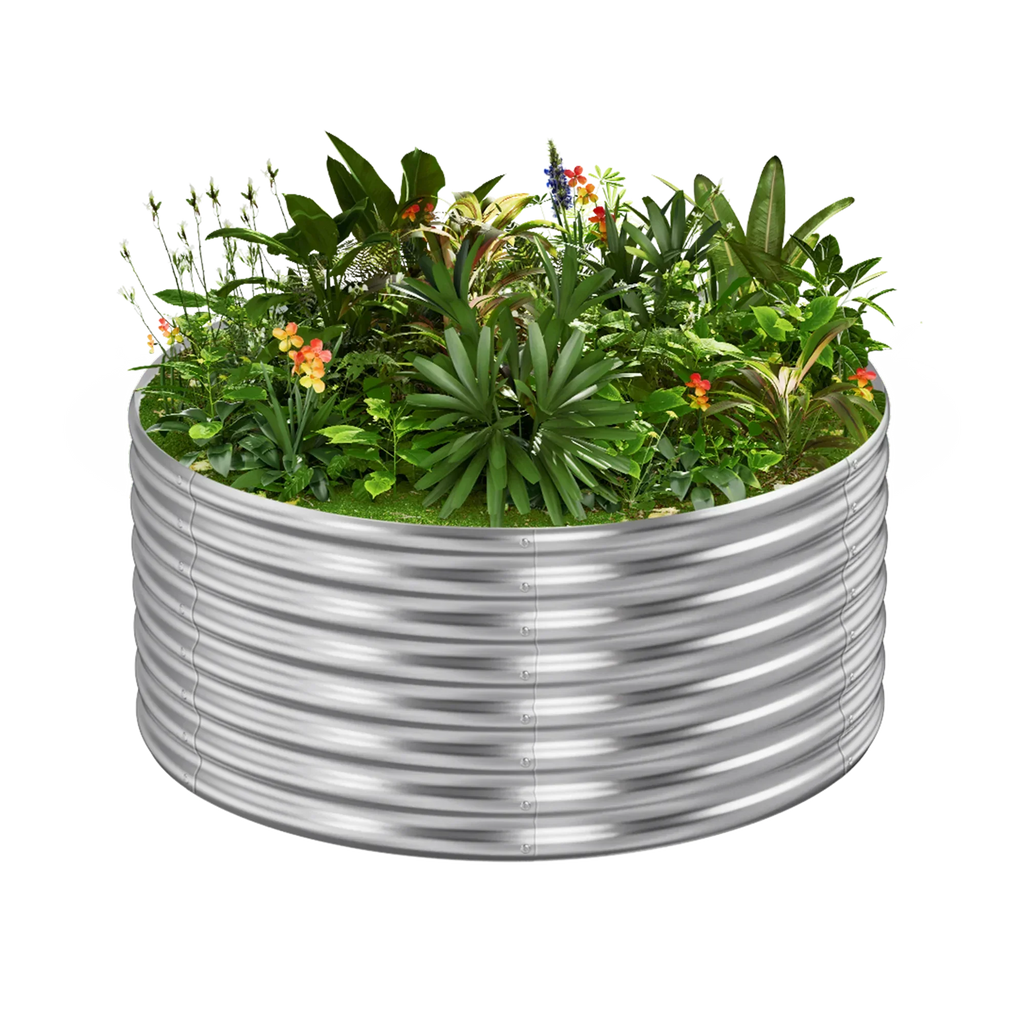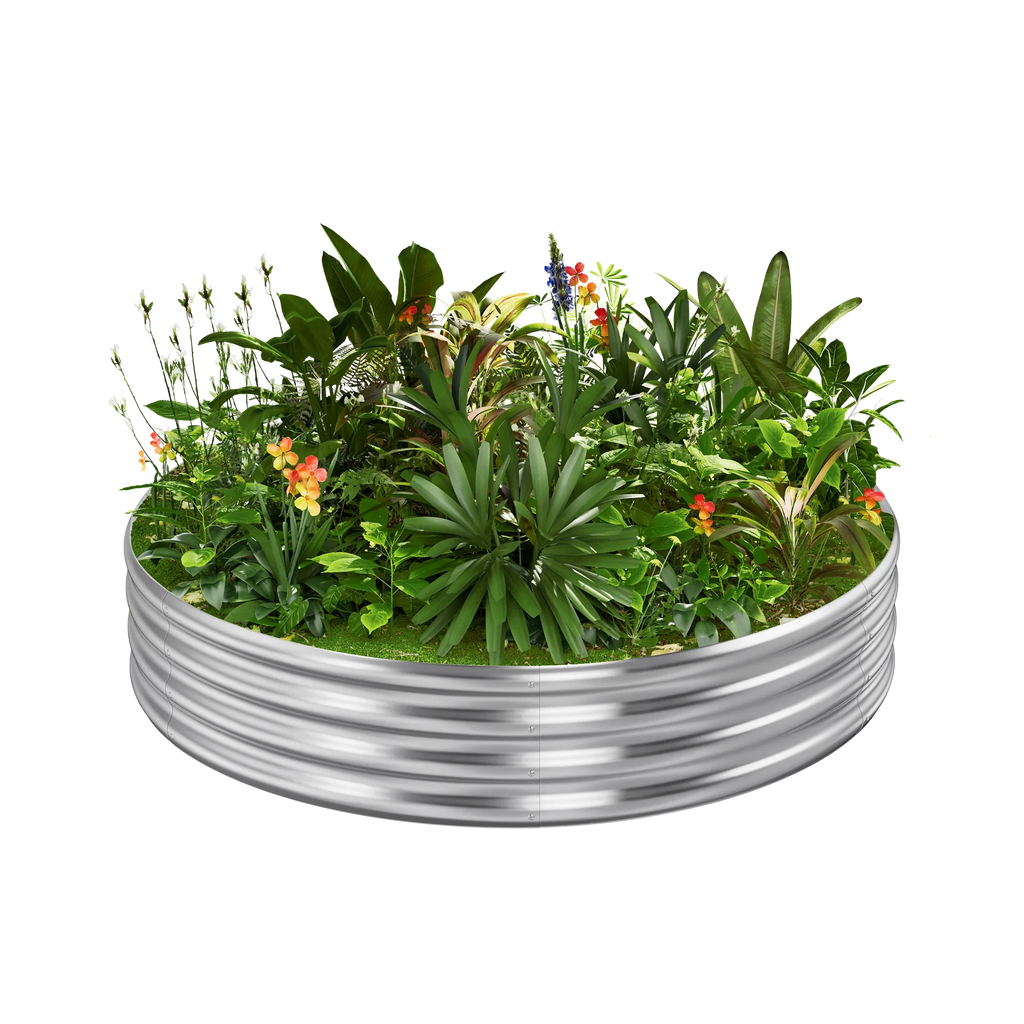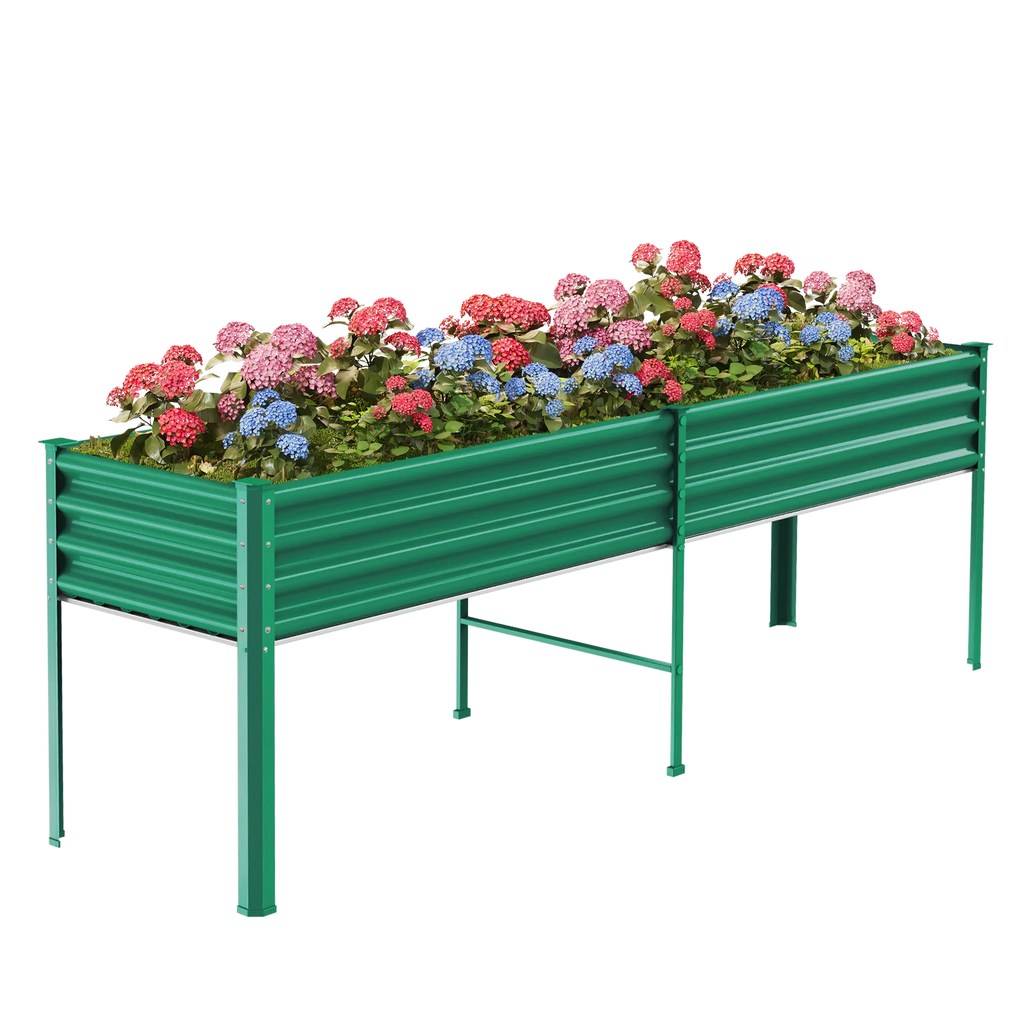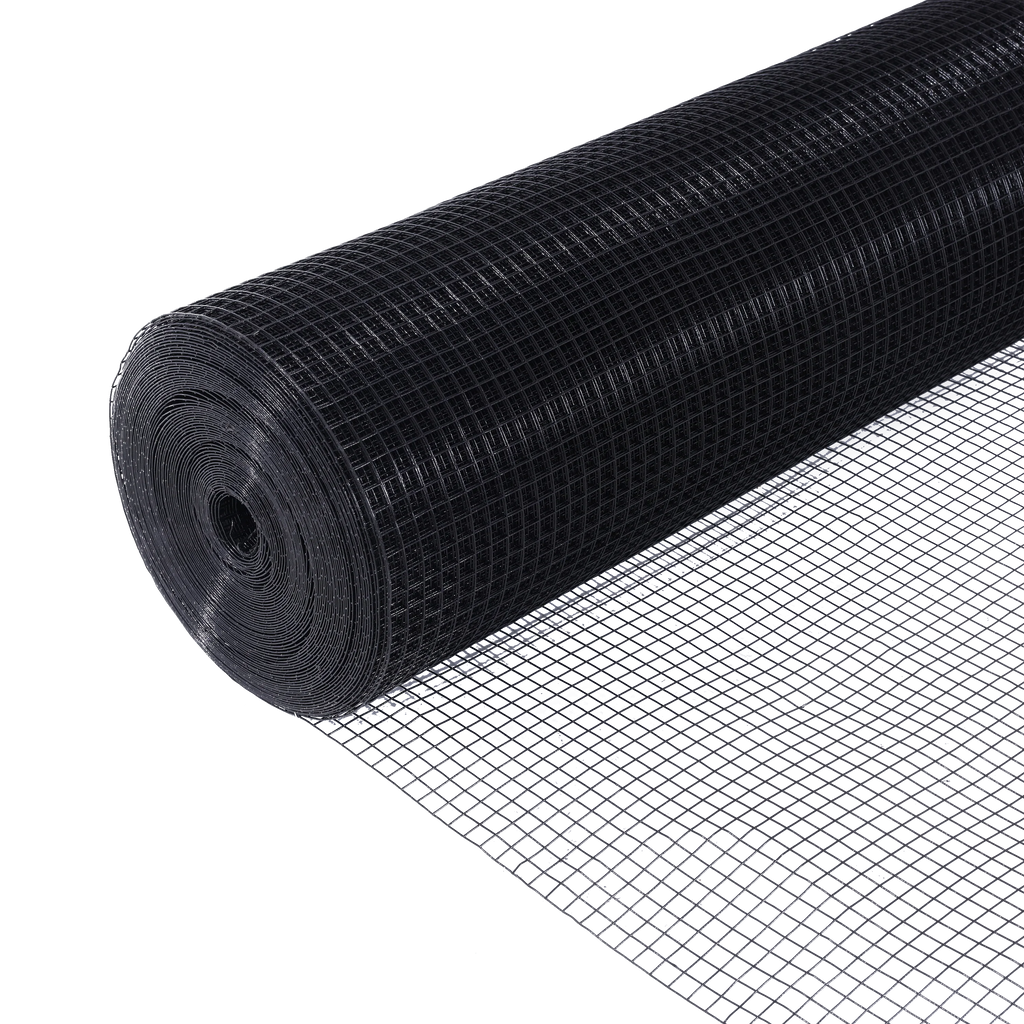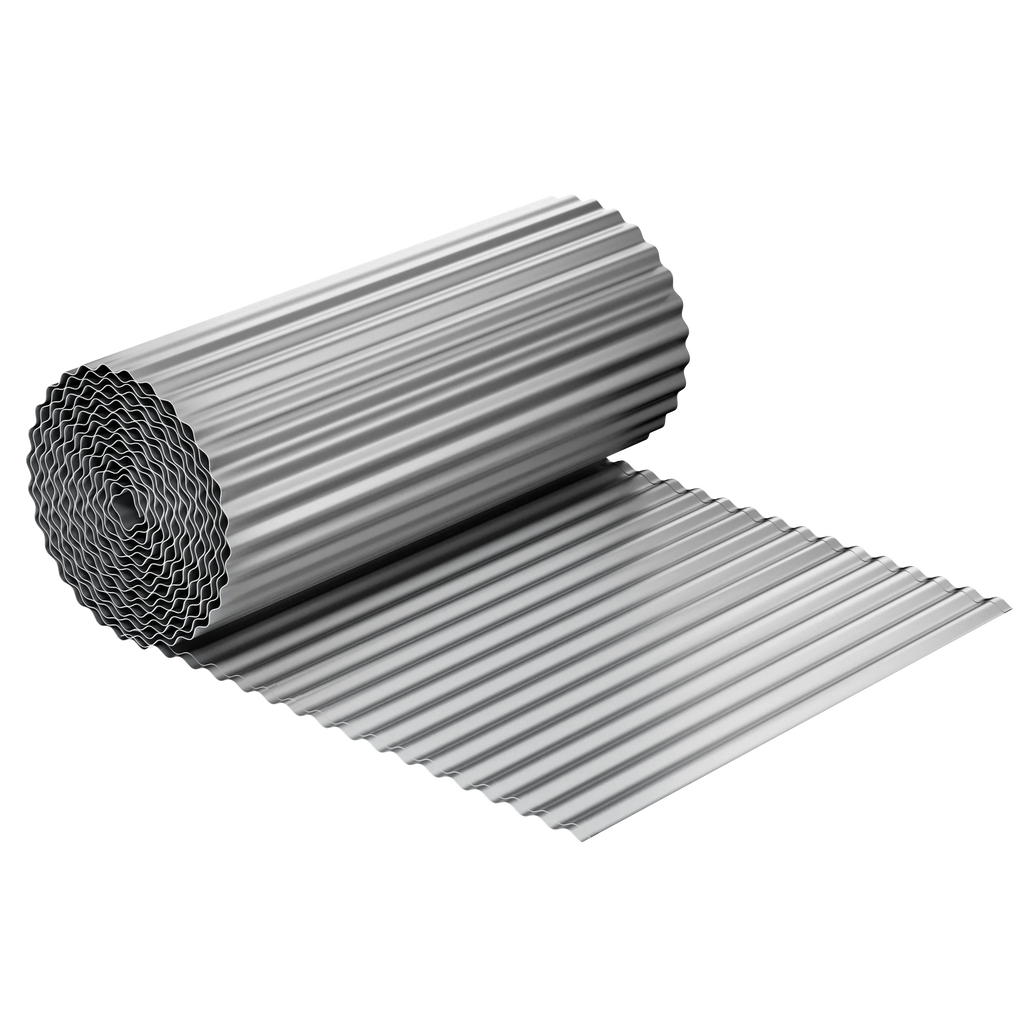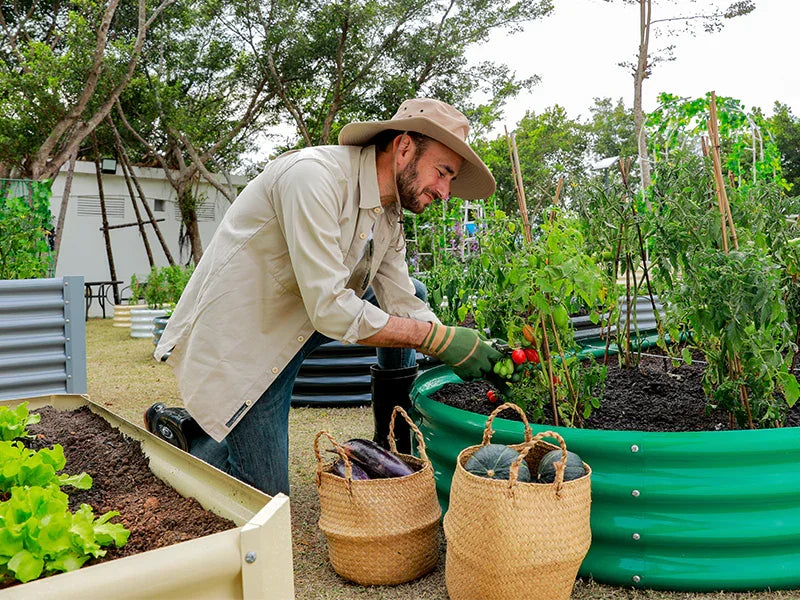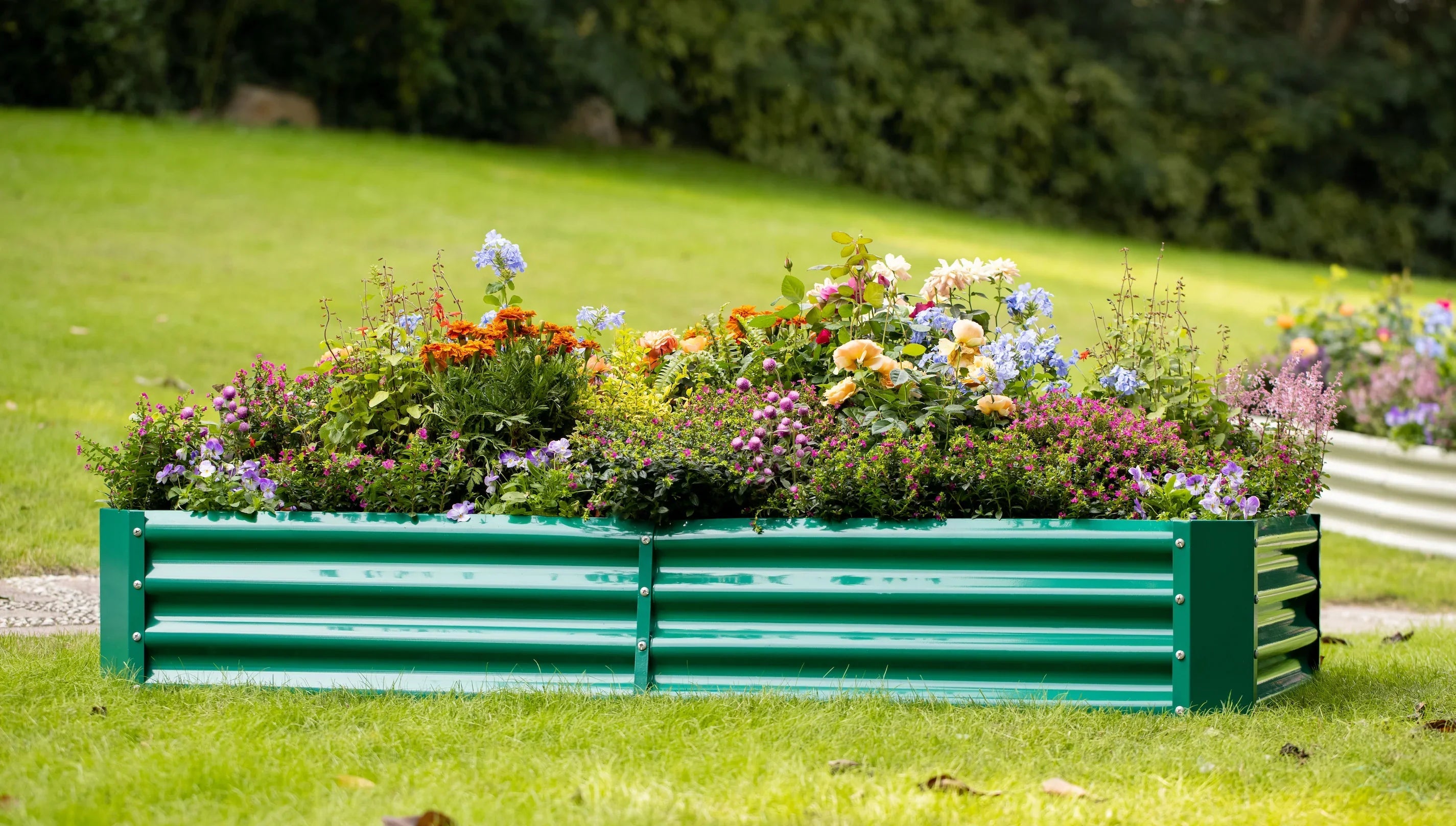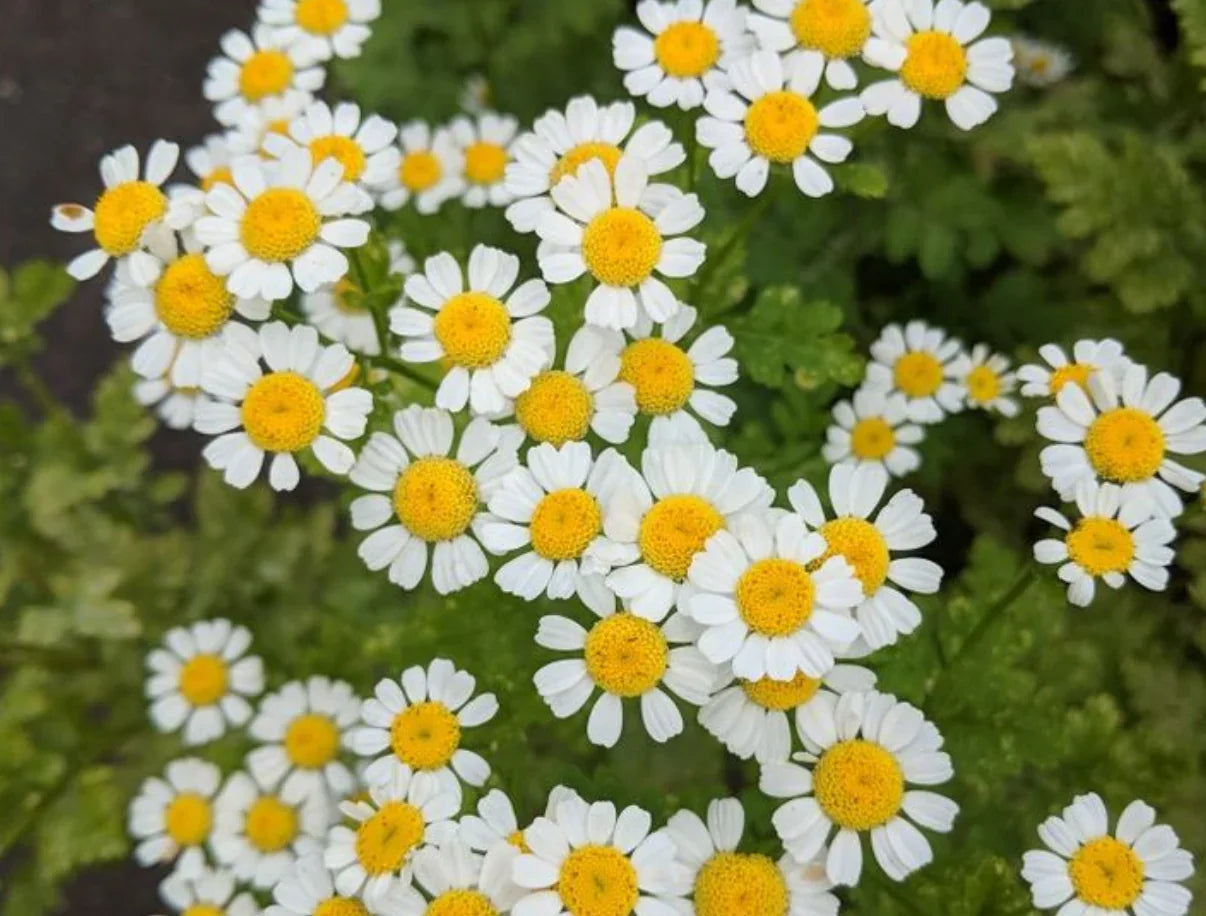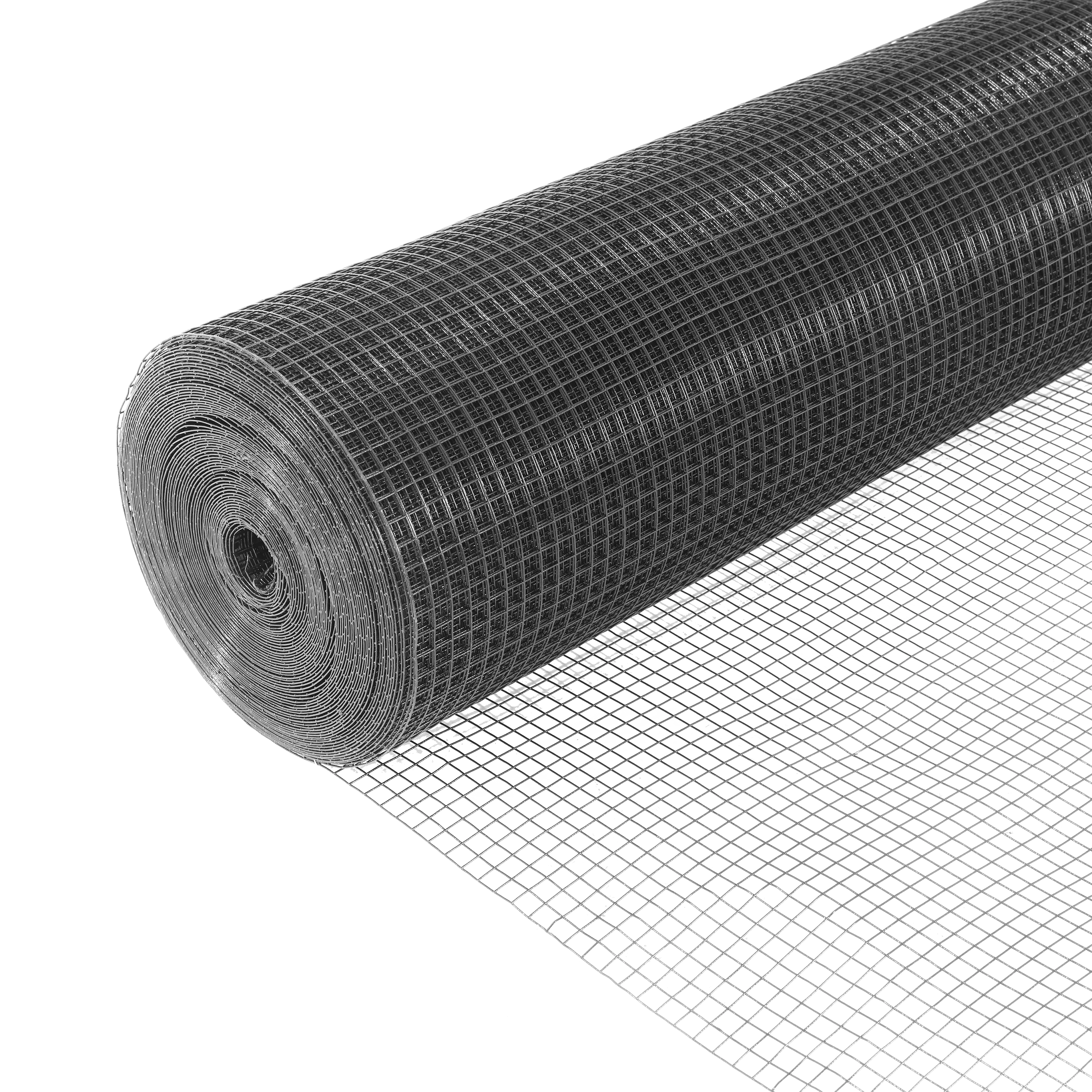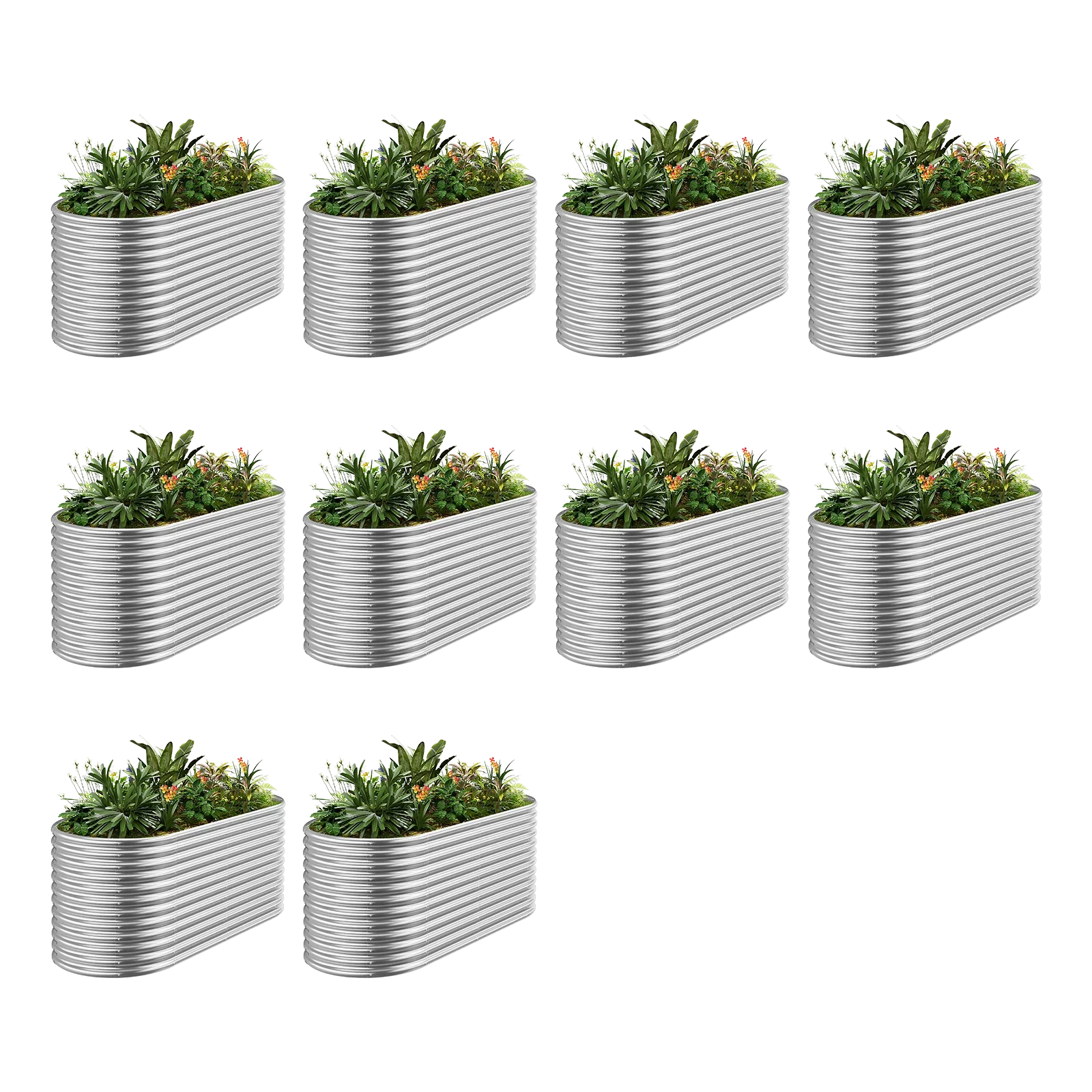Raised garden beds are a gardener’s dream, offering better soil control, improved drainage, and a tidy growing space. However, weeds can still invade these beds, stealing nutrients and crowding your plants. Preventing weeds in raised garden beds doesn’t have to be a constant battle. With the right strategies, you can keep your garden weed-free and thriving. In this guide, we’ll explore practical, eco-friendly ways to stop weeds before they start, saving you time and effort.
Why Weeds Are a Problem in Raised Garden Beds
Weeds compete with your plants for water, nutrients, and sunlight, which can stunt growth and reduce yields. In raised garden beds, weeds can sneak in through contaminated soil, wind-blown seeds, or even from the surrounding ground. Left unchecked, they can quickly take over. Understanding how weeds infiltrate your garden is the first step to preventing them.
1. Start with Weed-Free Soil
The foundation of a weed-free raised garden bed is clean soil. When filling your beds, avoid using soil from your yard, as it may contain weed seeds. Instead, opt for high-quality, weed-free compost or a pre-mixed garden soil blend from a reputable supplier. If you’re reusing soil, sift it to remove any weed roots or seeds. Adding a layer of sterile topsoil can further reduce the chance of weed growth.
Pro Tip: Consider pasteurizing your soil by baking it at 180°F (82°C) for 30 minutes to kill weed seeds. This is especially useful for homemade compost.
2. Use a Weed Barrier
A physical barrier is one of the most effective ways to prevent weeds. Before filling your raised garden bed, line the bottom with a permeable weed barrier fabric, cardboard, or several layers of newspaper. These materials block weeds from growing up from the soil below while allowing water to drain. Cardboard is a budget-friendly, biodegradable option that works well for a season or two.
How to Apply: Lay the barrier material tightly across the bottom of the bed, overlapping edges to prevent gaps. Secure it with staples or weigh it down with soil.
3. Mulch, Mulch, Mulch!
Mulching is a game-changer for weed prevention. A thick layer of organic mulch, like wood chips, straw, or shredded bark, smothers weed seeds by blocking sunlight. Apply a 2-4 inch (5-10 cm) layer of mulch over the soil surface, ensuring it’s evenly spread. Avoid piling mulch against plant stems to prevent rot.
Best Mulch Choices: Straw and wood chips are excellent for vegetable gardens, while gravel or stone mulch works well for ornamental beds.
4. Plant Densely to Outcompete Weeds
Dense planting leaves little room for weeds to grow. Plan your garden layout to maximize space, using companion planting or intercropping techniques. For example, pair fast-growing crops like lettuce with slower-growing ones like tomatoes to cover the soil quickly. Ground covers, such as clover or creeping thyme, can also fill gaps and suppress weeds naturally.
Tip: Research plant spacing requirements to avoid overcrowding, which can harm your crops.
5. Regular Maintenance and Monitoring
Even with preventive measures, some weeds may still appear. Check your raised garden beds weekly and pull any weeds before they set seed. Use a hand weeder or trowel to remove the entire root system, as many weeds can regrow from fragments. Watering before weeding makes the soil softer and roots easier to extract.
Time-Saving Hack: Set a 10-minute timer for quick weeding sessions to stay on top of the problem without feeling overwhelmed.
6. Avoid Common Mistakes
Some gardening practices can accidentally invite weeds. For example, avoid turning or tilling the soil excessively, as this brings buried weed seeds to the surface. Also, clean your tools and boots before working in the garden to prevent introducing weed seeds from other areas. Finally, be cautious with manure or compost that hasn’t been fully decomposed, as it may contain viable weed seeds.
7. Consider Natural Herbicides (Sparingly)
If weeds persist, natural herbicides like vinegar-based solutions or boiling water can target small weeds without harming your plants. Apply these carefully, as they can affect nearby plants or soil health if overused. Always test on a small area first and avoid spraying on windy days.
Conclusion
Preventing weeds in raised garden beds is all about preparation and consistency. By starting with clean soil, using barriers and mulch, planting strategically, and staying vigilant, you can keep your garden weed-free with minimal effort. These eco-friendly methods not only protect your plants but also create a healthier, more sustainable garden. Start implementing these tips today, and enjoy a thriving, low-maintenance raised garden bed all season long!

